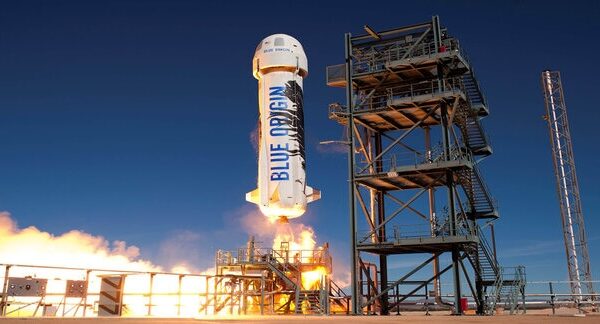The Future of Cardiology: First 3D-Printed Heart with Human Tissue and Vessels
Scientists in Israel made a groundbreaking announcement on Monday by revealing a 3D-printed heart composed of human tissue and vessels, hailing it as a “major medical breakthrough” with the potential to transform transplant possibilities.
Although it’s still a distant goal, researchers aspire to one day create hearts suitable for human transplants and patches for regenerating defective hearts.
The heart, produced by a team at Tel Aviv University, is approximately the size of a rabbit’s heart.
Tal Dvir, who led the project, stated, “This is the first time anyone anywhere has successfully engineered and printed an entire heart replete with cells, blood vessels, ventricles, and chambers.” He noted that while previous attempts have produced heart structures using 3D printing, none had integrated cells or blood vessels.
Despite this achievement, numerous challenges must be overcome before 3D-printed hearts can be used for human transplants.
Researchers must train the printed hearts to function like real hearts. While the cells can contract, they do not yet possess the ability to pump. The next step involves transplanting these printed hearts into animal models, with this phase expected to occur in about a year.
Dvir expressed hope that in the next decade, the medical field might see the routine use of organ printers in leading hospitals worldwide. However, initial organ printing endeavors may begin with simpler organs before progressing to hearts.
The research was described by Tel Aviv University as a “major medical breakthrough.” It involved taking a biopsy of fatty tissue from patients to develop the “ink” used in the 3D printing process. Creating patient-specific cardiac patches preceded the printing of the complete heart, ensuring compatibility and minimizing the risk of immune rejection.
Several challenges persist, such as expanding the cells to obtain sufficient tissue for constructing a full-sized human heart. Additionally, 3D printers currently face limitations in terms of resolution, making the printing of small blood vessels a puzzle yet to be solved.
The realm of 3D printing continues to present both opportunities and controversies, with applications ranging from building homes to producing firearms.








